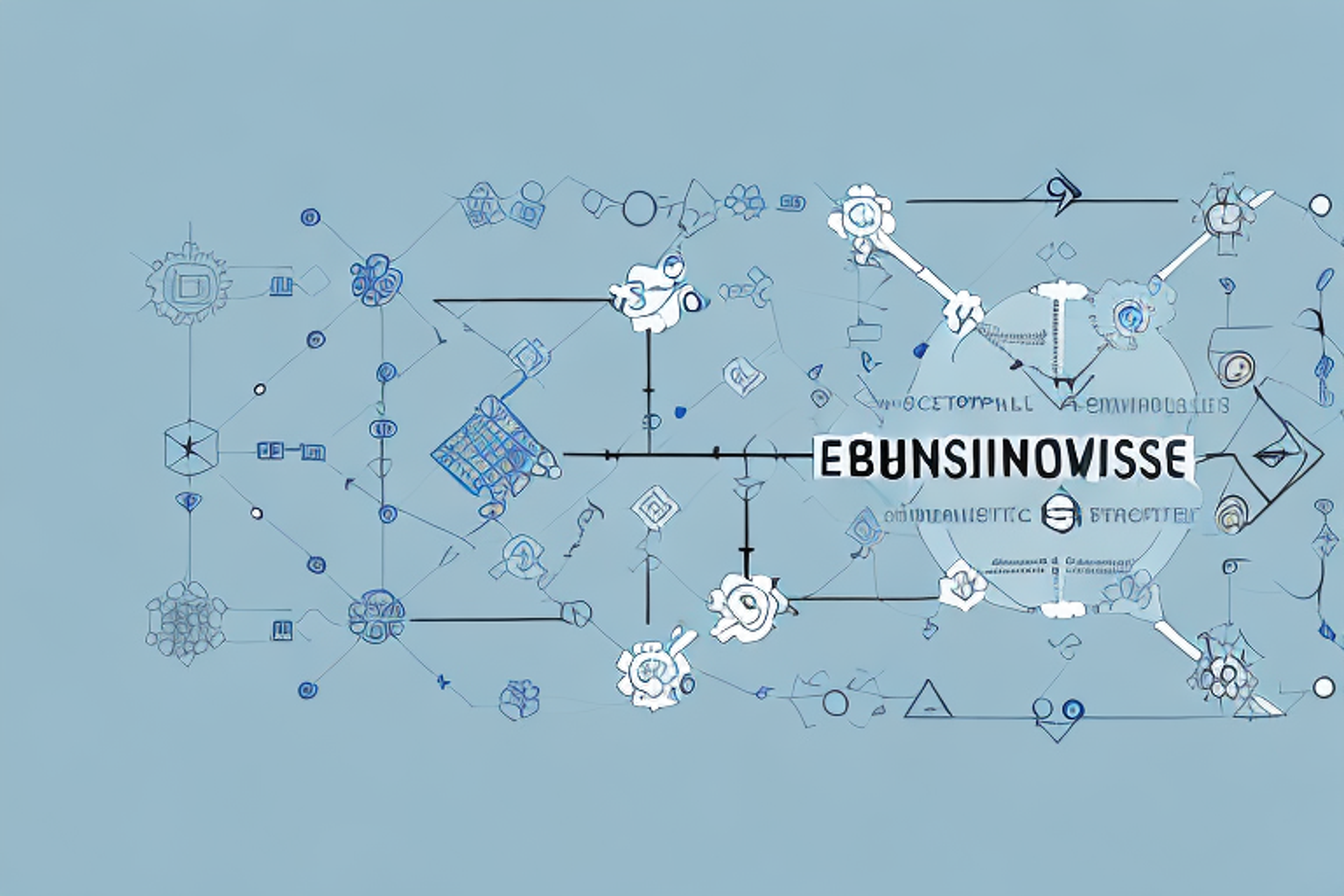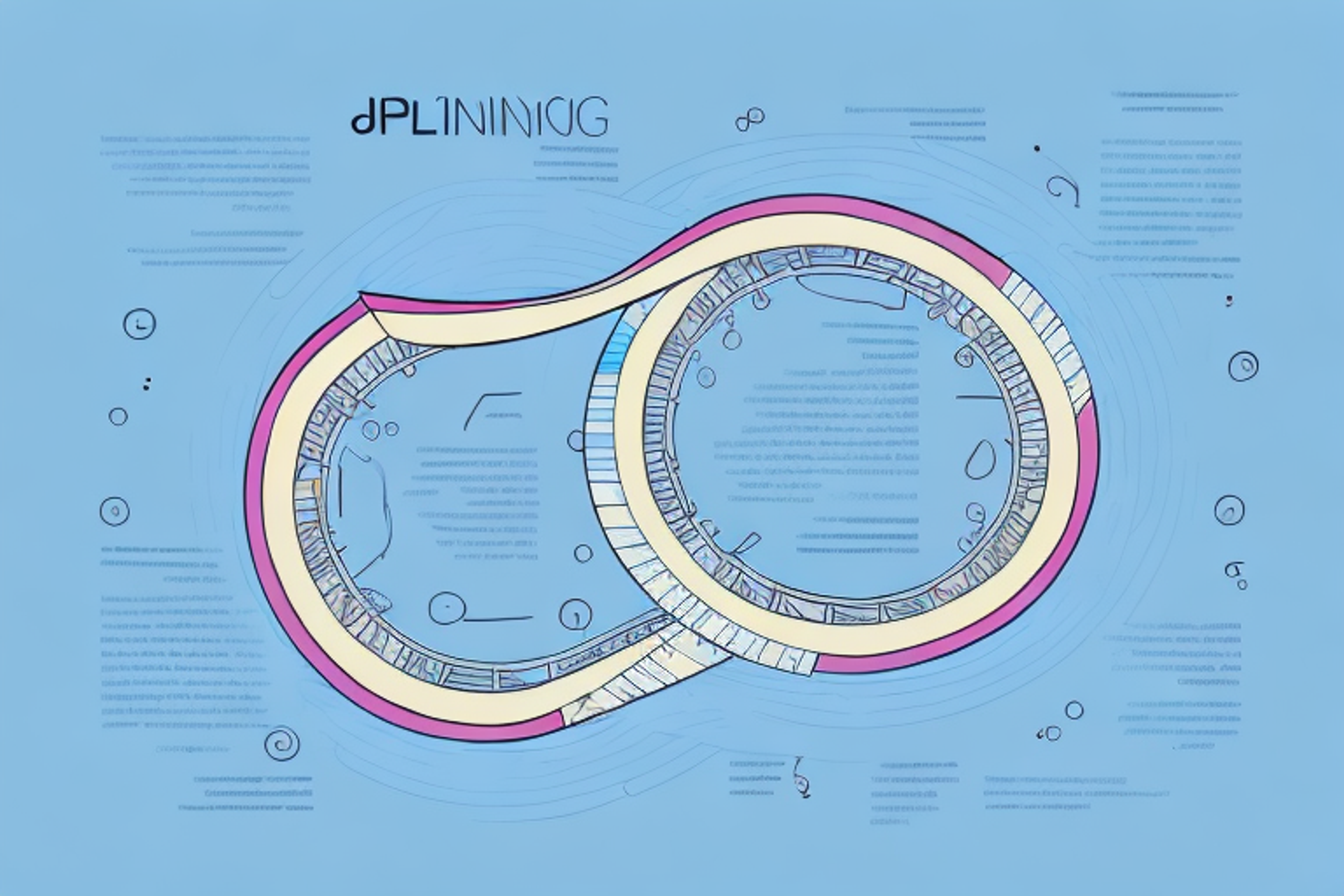Understanding the Analysis Pyramid: A Tool for Effective Business Decision-Making
Learn how to make effective business decisions with the analysis pyramid.
Posted March 6, 2025

Table of Contents
Making informed business decisions is crucial for the success of any organization. With the abundance of data available today, decision-makers need a tool to help them sort through and make sense of it all. That’s where the analysis pyramid comes in. In this article, we will provide a comprehensive guide to breaking down the analysis pyramid, discussing its importance, exploring its different layers, and providing insights into how to analyze data and create insights using this powerful tool for effective business decision-making.
Breaking Down the Analysis Pyramid: A Comprehensive Guide
The analysis pyramid is a visual representation of how data can be analyzed and turned into actionable insights to guide business decisions. It is divided into three layers: descriptive, diagnostic, and predictive. The descriptive layer involves summarizing data to understand what has happened in the past. The diagnostic layer goes deeper, analyzing why certain things happened, while the predictive layer uses patterns and trends to forecast future outcomes. Effective use of the analysis pyramid means using each of these layers in turn, moving from descriptive to diagnostic to predictive analysis to gain a full understanding of your data.
It is important to note that the analysis pyramid is not a linear process, and it is often necessary to revisit previous layers as new information is uncovered. Additionally, the quality of the data being analyzed is crucial to the accuracy of the insights gained. Therefore, it is important to ensure that data is collected and stored in a consistent and reliable manner. By utilizing the analysis pyramid and taking these factors into consideration, businesses can make informed decisions based on data-driven insights.
The Importance of Using the Analysis Pyramid in Business Decision-Making
Using the analysis pyramid helps businesses make decisions based on data rather than intuition or guesswork. This ensures the business stays on track towards its goals and maximizes its return on investment. When used effectively, the analysis pyramid can help businesses identify patterns and correlations that might otherwise go unnoticed, uncover the root causes of issues, and predict how changes to different variables will affect the business over time.
Furthermore, the analysis pyramid can also help businesses prioritize their resources and efforts. By analyzing data at different levels of the pyramid, businesses can determine which factors have the greatest impact on their success and focus their attention accordingly. This can lead to more efficient use of resources and a better allocation of time and effort towards achieving the business's objectives.
Exploring the Different Layers of the Analysis Pyramid
The descriptive layer involves creating visual representations of data such as charts or graphs which can provide useful insights into patterns and trends. The diagnostic layer takes a closer look at the data, analyzing the causes of any trends by breaking down the data into different categories. The predictive layer then uses models and algorithms to generate future scenarios based on the data gathered in the diagnostic layer.
Another layer of the analysis pyramid is the prescriptive layer, which involves using the insights gained from the previous layers to make informed decisions and take action. This layer is crucial in ensuring that the analysis is not just an academic exercise, but actually leads to tangible results and improvements.
Finally, the adaptive layer involves continuously monitoring and adjusting the analysis based on new data and feedback. This layer recognizes that the world is constantly changing, and that analysis must be flexible and adaptable in order to remain relevant and effective over time.
The Role of Data Collection in Building an Effective Analysis Pyramid
Effective data collection is necessary for building an effective analysis pyramid. Data can be collected from a variety of sources including internal company systems, external partners, and public data sets. The data collected should be specific, relevant, and actionable, and should help answer important business questions.
Furthermore, it is important to ensure that the data collected is accurate and reliable. This can be achieved through proper data validation and verification processes. Inaccurate data can lead to incorrect analysis and ultimately, poor business decisions. Therefore, it is crucial to have a robust data collection process in place to ensure the accuracy and reliability of the data being used for analysis.
How to Analyze Data and Create Insights using the Analysis Pyramid
To analyze data using the analysis pyramid, start with the descriptive layer. This could involve creating a dashboard or report to represent the data. Once the data has been summarized in this way, move on to the diagnostic layer. Here, you will want to explore the data more deeply to understand the trends and patterns that you have identified. Finally, the predictive layer uses the trends and patterns to predict how the data will behave in the future.
It is important to note that the analysis pyramid is not a linear process. You may need to revisit previous layers as you gain new insights and information. Additionally, it is crucial to have a clear understanding of the data you are analyzing and the questions you are trying to answer before beginning the analysis process.
Another key aspect of data analysis is the ability to effectively communicate your findings to others. This could involve creating visualizations or presentations that clearly convey the insights you have gained from the data. It is important to tailor your communication style to your audience, ensuring that the information is presented in a way that is easily understandable and relevant to their needs.
Best Practices for Implementing the Analysis Pyramid in Your Business Strategy
Implementing the analysis pyramid effectively requires attention to best practices. You need to ensure that your data is accurate and up-to-date, that you have the right people with the right skills analyzing the data, and that you establish a clear process for interpreting and acting on the insights generated by the analysis. Collaboration between different teams, including IT, business analysts, and stakeholders is also necessary to ensure effective implementation of the analysis pyramid.
Another important best practice for implementing the analysis pyramid is to regularly review and update your strategy. As your business evolves and new data becomes available, it's important to reassess your approach to analysis and make any necessary adjustments. Additionally, it's important to communicate the results of your analysis to key stakeholders in a clear and concise manner, so that they can make informed decisions based on the insights generated.
Top Tools and Technologies for Building an Analysis Pyramid
There are a variety of tools and technologies available to help you build an effective analysis pyramid. These include data warehouses, data visualization tools, business intelligence software, and data science platforms. Having the right tools in place can help ensure the success of your analysis pyramid strategy.
One important tool for building an analysis pyramid is a data integration platform. This tool allows you to combine data from multiple sources, such as databases, spreadsheets, and cloud services, into a single, unified view. This can help you identify patterns and trends that might not be apparent when looking at individual data sources.
Another key technology for building an analysis pyramid is machine learning. Machine learning algorithms can help you identify patterns and relationships in your data that might not be immediately obvious. This can help you make more accurate predictions and better-informed decisions based on your data.
Case Studies: Real-Life Examples of Successful Business Decisions Made with the Analysis Pyramid
Real-life case studies provide valuable examples of how the analysis pyramid can be used for effective business decision-making. For example, a retail company may use the analysis pyramid to investigate sales trends and identify which products are selling well in which regions. This information can be used to optimize inventory management, stock levels, and promotions to maximize sales and profits.
Another example of how the analysis pyramid can be used is in the healthcare industry. A hospital may use the analysis pyramid to analyze patient data and identify patterns in patient outcomes. This information can be used to improve patient care, reduce readmission rates, and ultimately save lives. By using the analysis pyramid, the hospital can make data-driven decisions that lead to better patient outcomes and a more efficient healthcare system.
Common Mistakes to Avoid When Using the Analysis Pyramid for Decision-Making
It is important to avoid common mistakes when using the analysis pyramid for decision-making. These include relying too heavily on descriptive statistics, jumping to conclusions too quickly without adequate analysis, and failing to consider external factors that could affect your data. By avoiding these mistakes, you can ensure that you make the best decisions for your business.
The Future of Business Decision-Making with the Analysis Pyramid
The analysis pyramid will become an increasingly important tool for businesses as more data becomes available and the demand for data-driven decision-making grows. The advent of machine learning and artificial intelligence is also likely to revolutionize the analysis pyramid and make it even more effective at predicting future outcomes.
Tips for Communicating Your Findings from the Analysis Pyramid to Stakeholders
Communicating your findings from the analysis pyramid to stakeholders is crucial to ensure that the insights generated by the analysis are acted upon. Some tips for effective communication include using visualizations to make the data easier to understand, providing context to help stakeholders understand the implications of the data, and tailoring your message to different audiences.
How to Continuously Improve Your Analysis Pyramid Strategy for Better Results
Continuous improvement of your analysis pyramid strategy is essential for ensuring that your business stays ahead of the competition. This could involve incorporating insights from other data sources, refining your models and algorithms, and regularly reviewing and updating your analysis process to ensure that it remains effective.
Maximizing ROI with Effective Use of the Analysis Pyramid in Your Business Strategy
The effective use of the analysis pyramid can help businesses maximize their return on investment by identifying areas for optimization and improvement and predicting future outcomes. By using the insights generated by the analysis pyramid, businesses can make informed decisions that will have a positive impact on their bottom line.
Scaling Up Your Business: The Role of the Analysis Pyramid in Growth Strategies
The analysis pyramid is an important tool for businesses looking to scale up their operations. By analyzing data gathered from different areas of the business, businesses can identify opportunities for growth and expansion, optimize their operations, and develop effective growth strategies that are based on data rather than intuition.
Conclusion
The analysis pyramid is a powerful tool for effective business decision-making. By breaking down data into its different layers, businesses can gain a comprehensive understanding of their data and make informed decisions that will drive success. Effective implementation of the analysis pyramid requires close attention to best practices and continuous improvement, but the benefits of this strategy are clear: better decision-making, improved ROI, and scalable growth strategies that can help businesses thrive in a data-driven world.



















